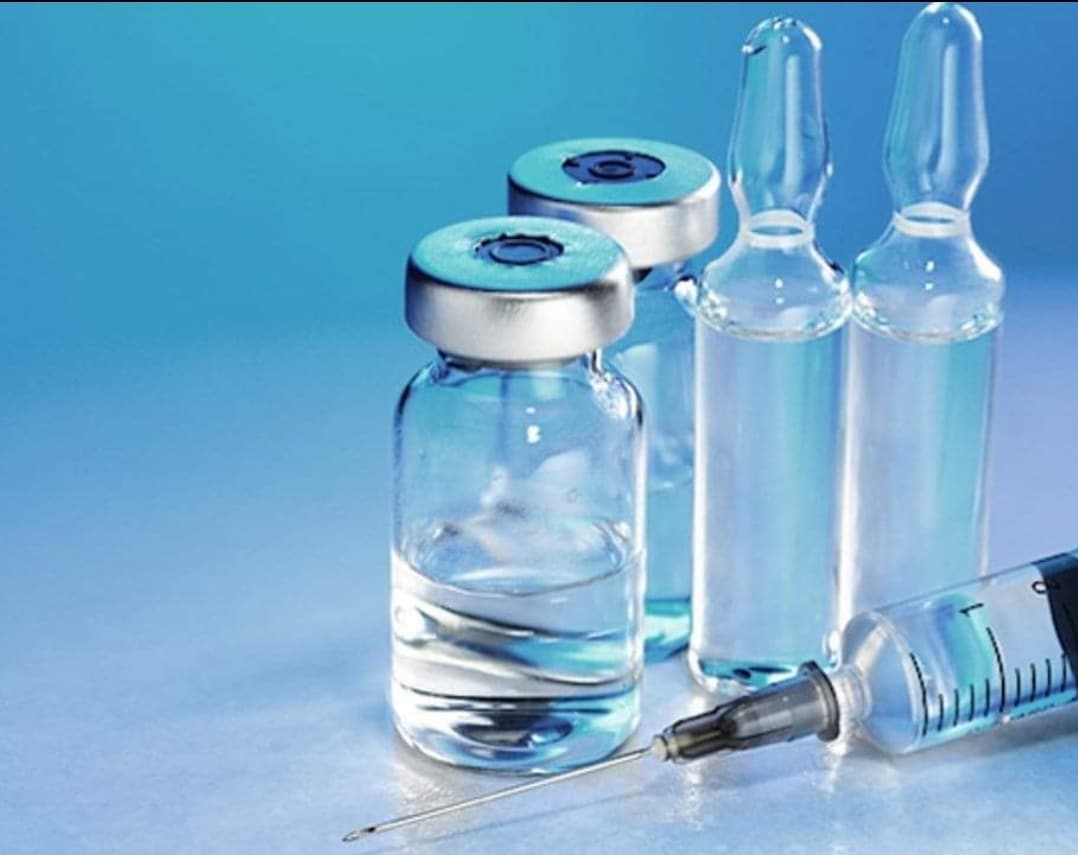USP In Vitro Release Testing of Injectables
The USP (United States Pharmacopeia) In Vitro Release Testing is a critical component in ensuring the quality and consistency of injectable and parenteral pharmaceutical products. This testing method evaluates how quickly and uniformly active ingredients are released from dosage forms under specific conditions, simulating the dissolution process within the body.
This type of testing is particularly important for injectables as they must deliver their therapeutic effects efficiently without causing adverse reactions due to premature or delayed release. The USP guidelines provide standardized test methods that account for various factors such as pH levels, temperature, and agitation, which can influence drug dissolution rates.
The process involves selecting appropriate solvents, buffers, and other excipients based on the product's formulation. Specimens are prepared according to predefined protocols, ensuring consistency across different batches of production. The testing apparatus consists of a series of containers designed to mimic physiological conditions closely. These can include rotating drums or static vessels with controlled agitation.
Once prepared, samples undergo rigorous analysis using advanced spectroscopic techniques like HPLC (High Performance Liquid Chromatography) or UV-Vis spectrophotometry. The results provide quantitative data on the rate and extent of drug release over time, allowing manufacturers to fine-tune their processes for optimal performance.
Importantly, USP In Vitro Release Testing helps ensure compliance with regulatory requirements set forth by organizations such as FDA (Food and Drug Administration), WHO (World Health Organization), and EMA (European Medicines Agency). It plays a crucial role in maintaining high standards of patient safety and efficacy.
By adhering to these stringent tests, pharmaceutical companies can demonstrate their commitment to producing reliable medicines that meet both regulatory expectations and clinical needs. This not only enhances public trust but also supports continuous improvement initiatives aimed at advancing healthcare practices globally.
Benefits
The USP In Vitro Release Testing offers several advantages for pharmaceutical manufacturers:
- Predictive Performance: Provides insights into how the drug will behave in vivo, helping to optimize formulation development.
- Cost Efficiency: Identifies potential issues early on, reducing costs associated with rework or recalls later down the line.
- Regulatory Compliance: Ensures adherence to international standards like USP, thereby facilitating smoother market access and approvals.
International Acceptance and Recognition
The USP In Vitro Release Testing protocol enjoys widespread acceptance across numerous countries due to its robustness and reliability. Organizations including the FDA, EMA, and WHO recognize this method as a key tool in ensuring product quality.
- United States Pharmacopeia (USP)
- European Pharmacopoeia
- British Pharmacopoeia
- Japanese Pharmacopoeia





